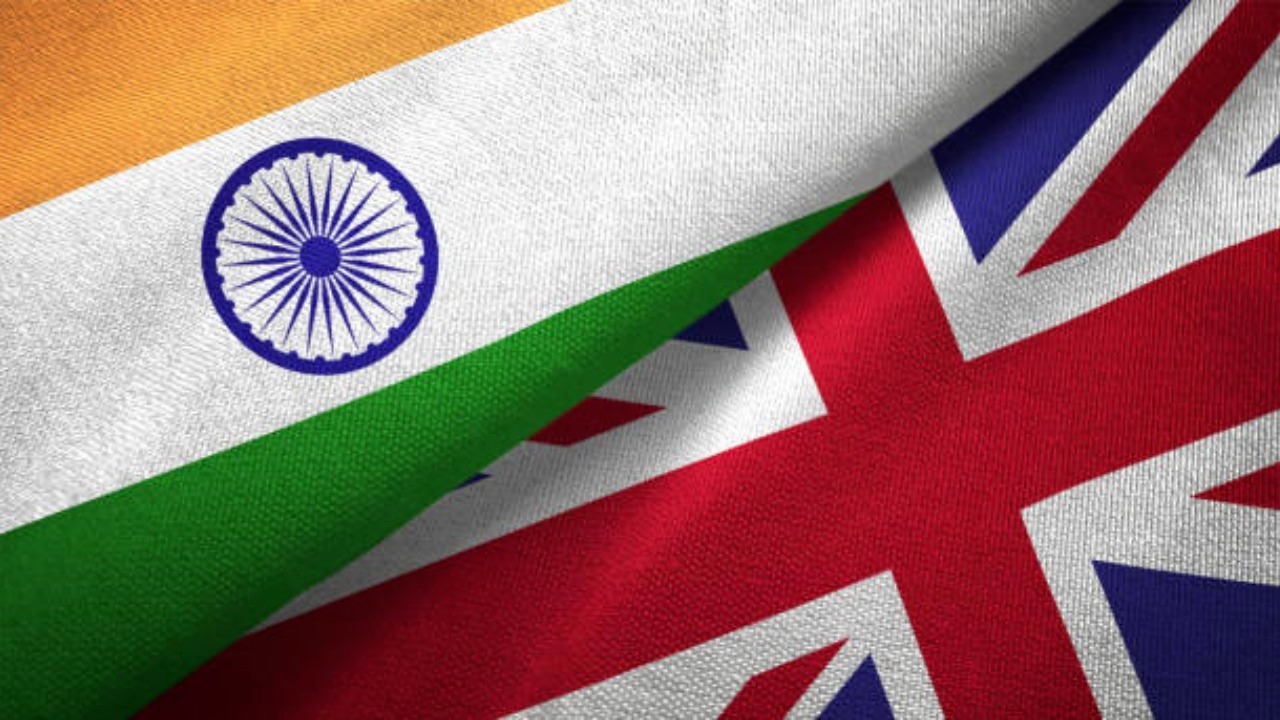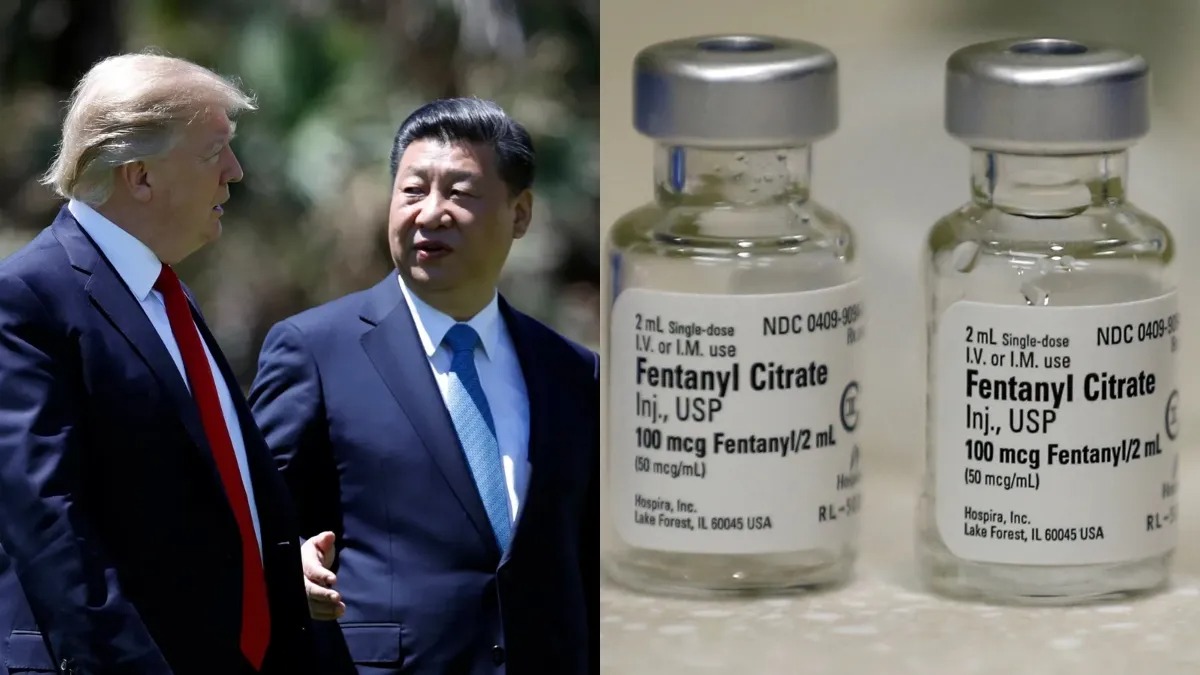
The much-anticipated Free Trade Agreement between India and the United Kingdom is expected to take form soon as UK Trade Secretary, Jonathan Reynolds has planned to visit India during February of 2025 to possibly seal the deal. Since both nations sought to enhance their bilateral relation for economic cooperation, this visit will constitute a historic era for advancing the FTA, which will increase trade and investment in the two countries.
Why Is the India-UK FTA Significant?
The FTA between India and UK aims for expounding bilateral trade liberalization processes by getting rid of trade limitations, slashing tariffs, and subsequently opening new trades for each country’s firms.
Key Highlights of the Proposed FTA:
Reduced Tariffs: Lower duties on key goods such as automobiles, alcohol, and textiles.
Services Sector Boost: Better market access for professionals and entrepreneurial firms in industries such as information technology, health, and other finance industries.
Investment Growth: To encourage the making of investments, a predictable international trading environment has to be created.
Ease of Doing Business: Simplification of customs and postlikely implementations of adequate IP rights.
Jonathan Reynolds’ February Visit: Key Agenda
The appearance of the UK Trade Secretary is the last phase of the negotiations.
Key Focus Areas:
Finalising Terms: Regarding tariffs, quotas and the protection of intellectual property rights some problems still persist.
Strengthening Relationships: Involvement with officials from India to review and strengthen bilateral relations between economy and politics.
Sectoral Emphasis: Talks on tech mania, green energy manufacturer, and the services industry which are significant for the two countries.
Expected Outcomes:
Announcement of a draft agreement or a timeline for the formal signing of the FTA.
What’s in It for India?
India stands to gain significantly from the FTA with the UK:
1. Increased Exports:
Improved access to markets in the regions of textiles, gems and IT services originating from India to the UK.
2. Job Creation:
An increased number of vacancies available in various industries such as production, technology, computing, and green power.
3. Strategic Ties:
Strengthened diplomatic and economic ties with one of Europe’s leading economies.
4. FDI Boost:
Targets of critical sectors in the UK include investment in infrastructure, education and green energy.
Benefits for the UK
For the UK, the FTA is crucial for post-Brexit trade diversification:
1. New Market Access:
India, with its vast consumer base, offers significant opportunities for UK exporters.
2. Trade in Financial Services:
Increased potential to approach both the banking and insurance sectors of India.
3. Strengthened Global Position:
Proves that UK is capable of making big trade deals after it left the European Union.
4. Technology Partnerships:
Public-private partnership for AI, financial technology to drive change and renewable energy companies to finance the changes.
Challenges in Finalising the FTA
Despite progress, some sticking points remain:
1. Tariff Disputes:
Disparities over the gradual removal of CARs that include automobiles and agricultural products.
2. Services Sector Negotiations:
India wants the more mobility for its professionals in the UK, which has been meet with opposition.
3. Intellectual Property:
Patent, copyright and trademark are under debate.
4. Data Protection:
Privacy and data protection are still an issue of concern and compliance around the norms.
Reactions to the FTA Progress
Industry Experts:
Pundits regard it as a favorable partnership because it increases the economic opportunity of both nations and encourages invention.
Business Leaders:
Both Indian and UK business people have also hopeful on the new opportunity that will be brought by this deal.
Public Sentiment:
Although, people are looking forward to the economic revenues, questions regarding employment opportunities and competition have emerged.

 Share
Share






